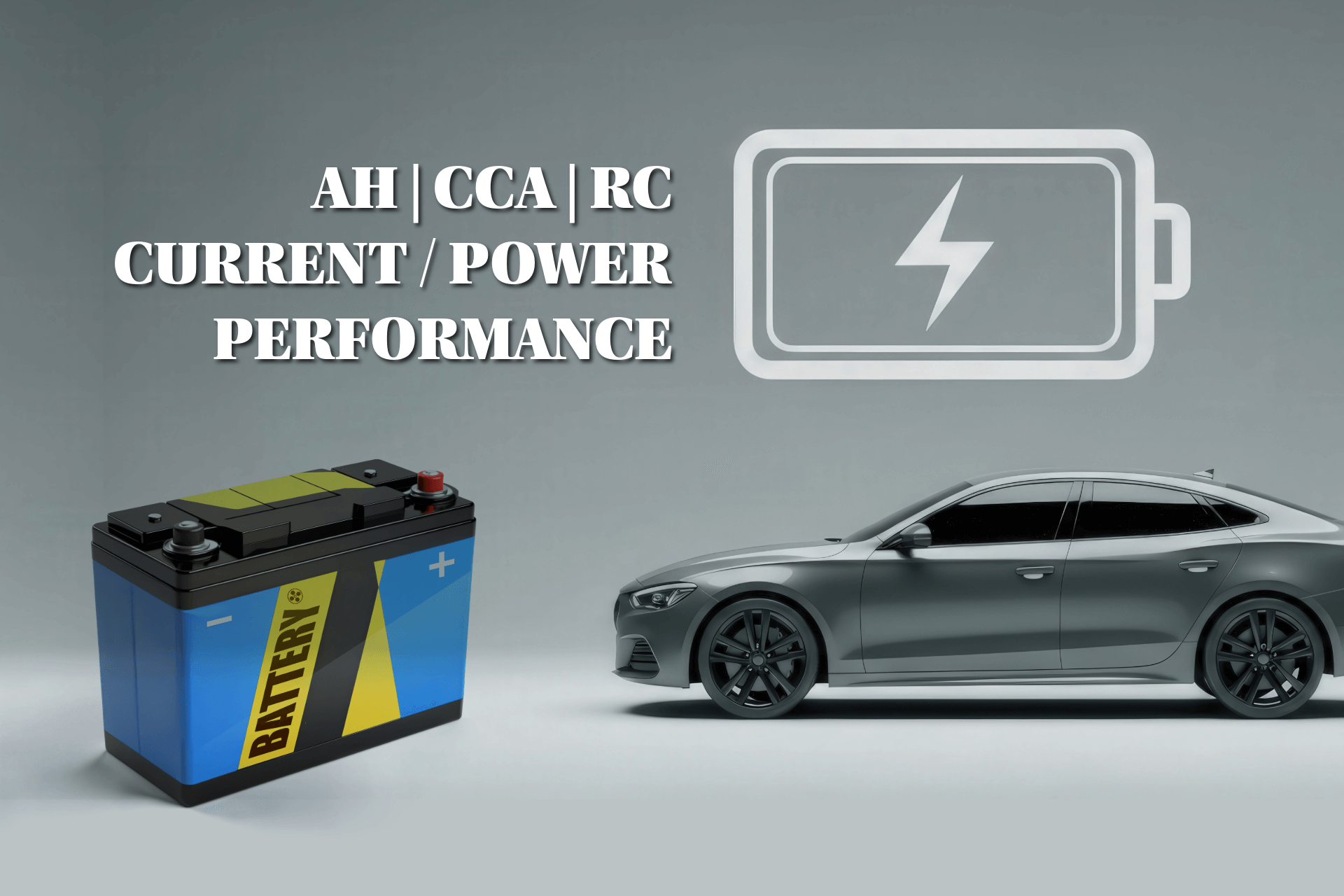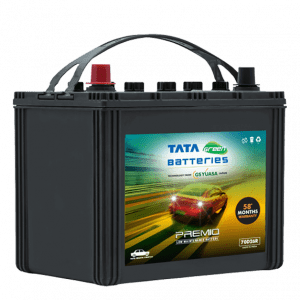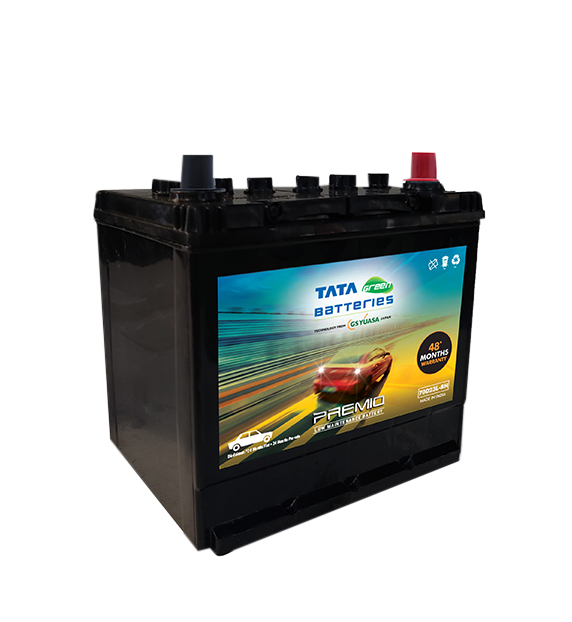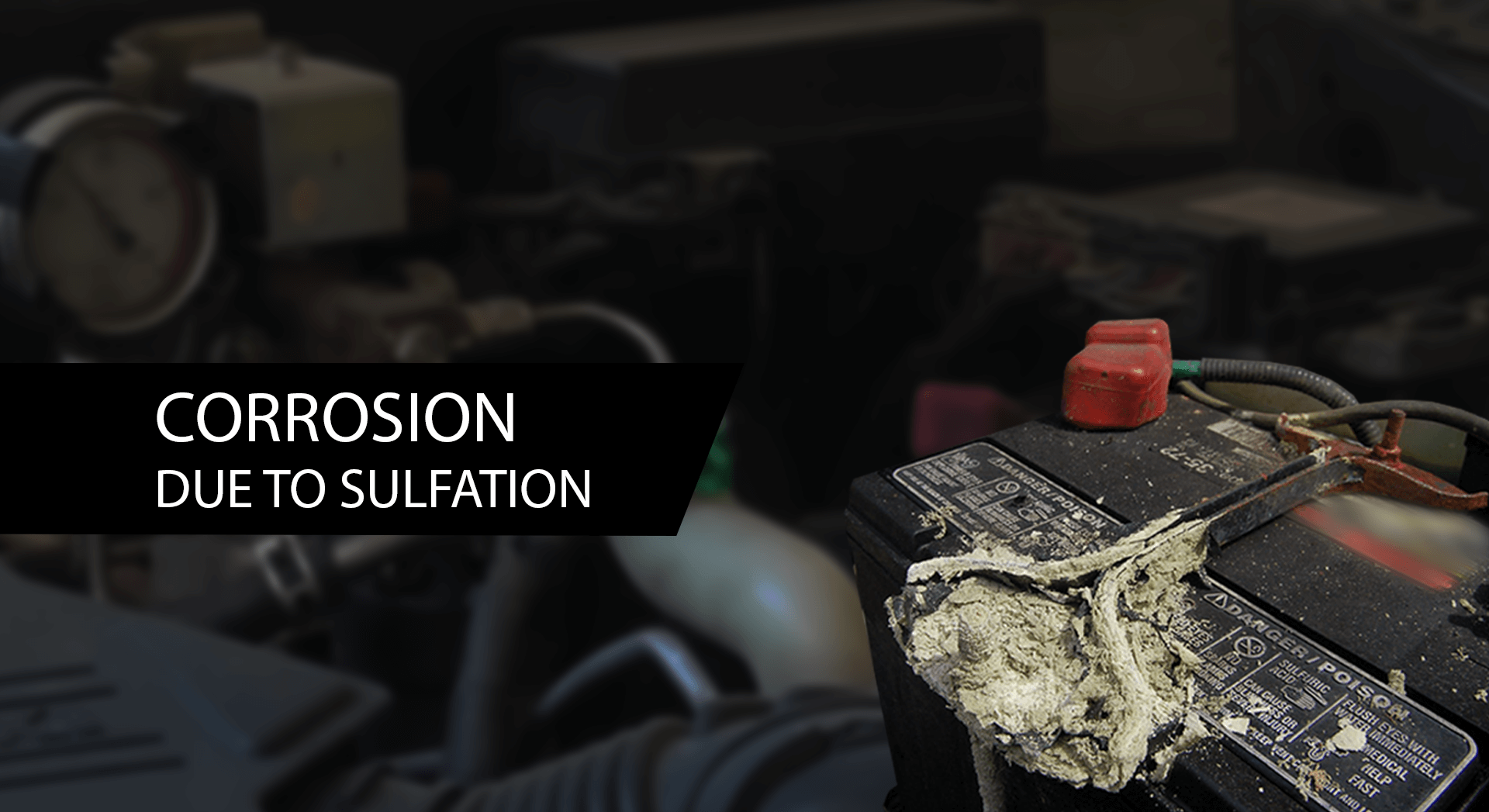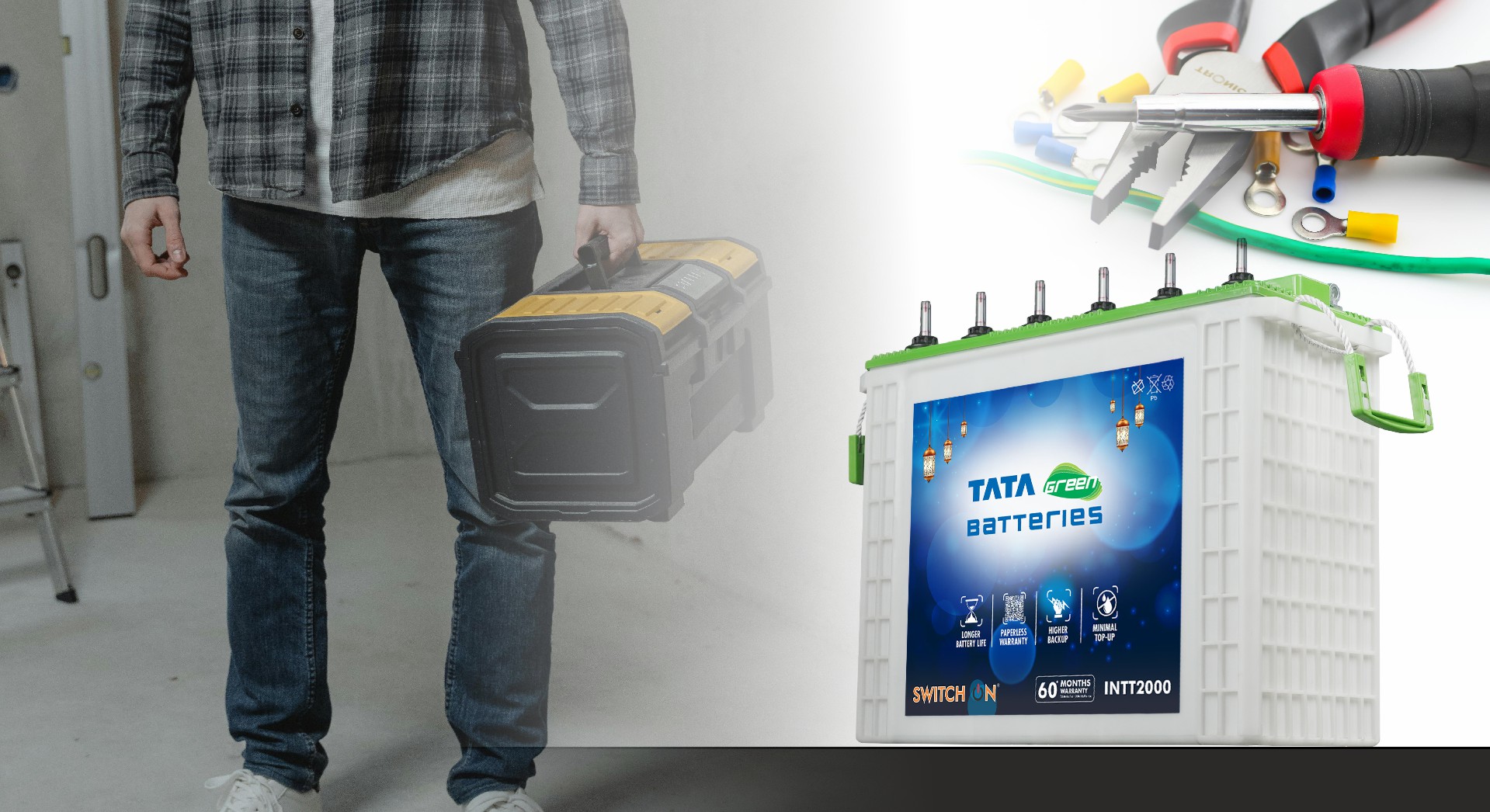When it comes to choosing a battery for your car or inverter, the labels and numbers on the battery can seem confusing. You might see terms like AH, CCA and RC and wonder what they really mean. These ratings are more than just technical jargon; they help you understand how your battery performs and whether it’s the right fit for your needs.
Let’s break these terms down in simple language.
CCA: Power to Start in Cold Conditions
CCA stands for Cold Cranking Amps. This rating tells you how much power a battery can deliver in cold weather, specifically at 0°F or -17.8°C. Why is this important? Because in cold conditions, car engines become harder to start and battery performance drops. That’s where a battery’s CCA rating comes in.
A higher CCA means the battery can deliver more power in cold weather. This is especially helpful for people living in colder regions of India, such as Himachal Pradesh, Uttarakhand or even chilly parts of North India during winter. Even if you don’t live in a very cold area, a battery with a decent CCA rating ensures reliable starts on winter mornings.
Tip for Indian Drivers:
If you notice your engine cranking slowly in the winter or your car hesitating to start, it could be due to a battery with low CCA. Always check the CCA rating when buying a new car battery. Choosing a battery with the right CCA helps avoid unpleasant surprises when the temperature drops.
AH: The Battery’s Fuel Tank
AH stands for Ampere-Hour and is the most common rating you’ll see on batteries. In simple terms, AH is like the fuel tank of your battery. It tells you how much energy the battery can store and deliver over time.
Let’s break this down with an example. Suppose a battery has a rating of 60AH. That means it can supply 60 amperes for 1 hour or 6 amperes for 10 hours before it’s fully discharged.
For inverter batteries, a higher AH means longer power backup. For car batteries, it means the battery can support electrical components like lights, infotainment systems and AC for a longer time, especially when the engine is off.
Tip for Indian Drivers:
If you live in an area with frequent power cuts or long drives with music and AC on, a battery with a higher AH rating will suit you better. Always match the AH rating to your usage needs.
RC: Extra Minutes of Backup
RC stands for Reserve Capacity. This is the amount of time a battery can deliver power if your car’s alternator fails. It’s measured in minutes and shows how long the battery can keep essential functions running.
Imagine your alternator stops working. The battery takes over to power vital systems like lights, brakes and engine controls. If your battery has an RC rating of 90, it means it can run these essential systems for 90 minutes before being completely drained.
This is especially useful if you’re stuck in traffic at night or driving in an area where service is not nearby. A higher RC gives you more peace of mind during emergencies.
What Is Reserve Capacity (RC)?
Reserve Capacity (RC) is a measure of how long a fully charged 12 V lead‑acid battery can continuously deliver 25 amps before its voltage drops to 10.5 volts—a point considered effectively discharged. The result is expressed in minutes.
How to Calculate R
You can estimate RC using this straightforward formula:
RC (Min): (Ah÷25) × 60
Example
If a battery has a capacity of 65 Ah and you’re drawing 25 A:
RC (Min): (65÷25) × 60 = 156 minutes
So, it can sustain a 25 A draw for 2.6 hours before reaching 10.5 V
Tip for Indian Drivers:
If you often drive long distances or in remote areas, look for a battery with a higher RC rating. It could buy you crucial time to reach a mechanic safely.
How These Ratings Work Together
Now that you understand CCA, AH and RC, it’s important to know they are all connected.
- CCA tells you how quickly a battery can deliver power (great for engine starts)
- AH shows how much total energy the battery can store (great for long-term use)
- RC tells you how long the battery can provide power when the alternator fails (great for emergencies)
A good quality battery balances all three. For example, Tata Green Batteries offer a reliable mix of CCA, AH and RC ratings, making them suitable for Indian weather and road conditions.
Things to Keep in Mind Before Buying
- Know your car’s or inverter’s requirements: Always refer to the user manual for the recommended battery specs.
- Consider your climate: In hotter areas, CCA may be less important than AH. In colder regions, CCA becomes crucial.
- Think about your usage: If you’re someone who uses a lot of in-car electronics or relies heavily on an inverter at home, choose a battery with higher AH and RC.
- Don’t blindly go for the highest numbers: Bigger is not always better. Choose a battery that fits your system and usage pattern.
Final Thoughts
Understanding what AH, CCA and RC mean can help you make a smarter battery purchase. These ratings are like the battery’s report card. They tell you how well it can store energy, start your car and hold power in emergencies.
Next time you need a battery, don’t just go by price or size. Look at these ratings carefully and choose one that matches your specific needs. It can save you time, money and a lot of inconvenience later.
For a dependable experience, many Indian drivers trust brands like Tata Green Batteries, known for offering batteries that are designed for Indian conditions and usage.

